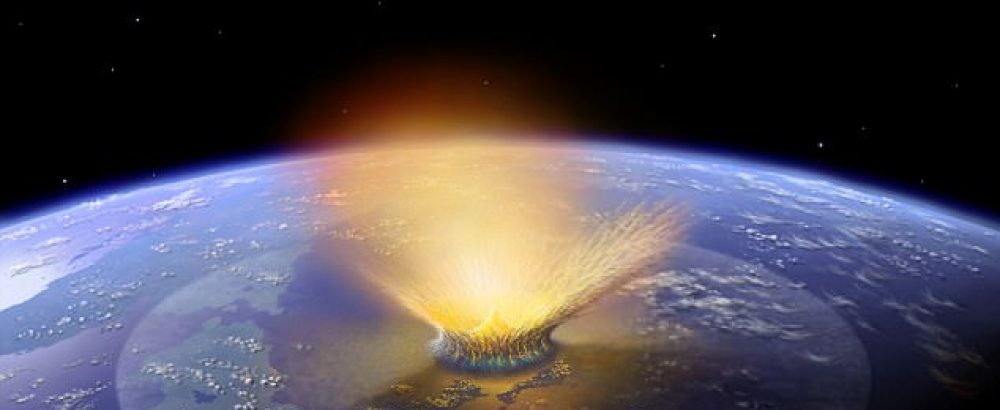Federal Government Releases National Near-Earth Object Preparedness Plan
A new multiagency report outlines how the U.S. could become better prepared for near-Earth objects—asteroids and comets whose orbits come within 30 million miles of Earth—otherwise known as NEOs. While no known NEOs currently pose significant risks of impact, the report is a key step to addressing a nationwide response to any future risks.
NASA, along with the Office of Science and Technology Policy, the Federal Emergency Management Agency and several other governmental agencies collaborated on this federal planning document for NEOs.
The 20-page document is titled “The National Near-Earth Object Preparedness Strategy and Action Plan,” and organizes and coordinates efforts related to the NEO efforts within the federal government during the next 10 years to ensure the nation can more effectively respond in case this type of very low-probability but very high-consequence natural disaster should occur.
The plan establishes five overarching strategic goals to reduce the risk of NEO impacts through improved understanding, forecasting, prevention, and emergency preparedness. The plan will:
Achieving these five goals will, for a very modest government endeavor, dramatically increase the nation’s preparedness for addressing the NEO hazard and mitigating any threat.
The National Near-Earth Object Preparedness Strategy and Action Plan is available at:
NASA has been studying NEOs since the 1970s. The agency initiated its impact hazard mitigation efforts with a project commonly called “Spaceguard” in the late 1990s to begin to search for them. NASA now participates as a key member in both the International Asteroid Warning Network (IAWN) and the asteroid Space Mission Planning and Advisory Group, endorsed by the United Nations Committee on the Peaceful Uses of Outer Space (UN-COPUOS) as the combined response for all space-capable nations to address the NEO impact hazard. To better organize US efforts, NASA established the Planetary Defense Coordination Office in 2016. To date, NASA-sponsored NEO surveys have provided over 95 percent of all NEO discoveries.
More information about asteroids and near-Earth objects can be found at:
For asteroid and comet news and updates, follow AsteroidWatch on Twitter.

